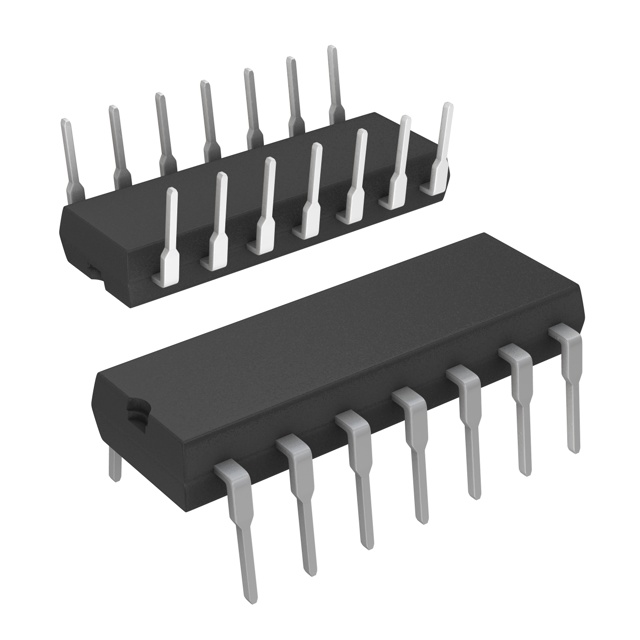74LVC1G14QSE-7
Manufacturer No:
74LVC1G14QSE-7
Manufacturer:
Description:
IC INVERT SCHMITT 1CH 1IN SOT353
Datasheet:
Delivery:





Payment:




In Stock : 6145
Please send RFQ , we will respond immediately.









74LVC1G14QSE-7 Specifications
-
TypeParameter
-
Package / Case5-TSSOP, SC-70-5, SOT-353
-
Supplier Device PackageSOT-353
-
Mounting TypeSurface Mount
-
Operating Temperature-40°C ~ 125°C (TA)
-
Max Propagation Delay @ V, Max CL6.5ns @ 5V, 50pF
-
Input Logic Level - High1.2V ~ 3.33V
-
Input Logic Level - Low0.3V ~ 1.45V
-
Current - Output High, Low32mA, 32mA
-
Current - Quiescent (Max)4 µA
-
Voltage - Supply1.65V ~ 5.5V
-
FeaturesSchmitt Trigger
-
Number of Inputs1
-
Number of Circuits1
-
Logic TypeInverter
-
PackagingCut Tape (CT)
-
PackagingTape & Reel (TR)
-
Product StatusActive
-
SeriesAutomotive, AEC-Q100, 74LVC
The 74LVC1G14QSE-7 is a single Schmitt-trigger inverter integrated circuit chip. It offers several advantages and can be used in various application scenarios. Some of the advantages and application scenarios of the 74LVC1G14QSE-7 are:Advantages: 1. Low power consumption: The chip operates at low power supply voltage, making it suitable for battery-powered devices and energy-efficient applications. 2. High-speed operation: It has a high-speed propagation delay, enabling it to process signals quickly. 3. Schmitt-trigger input: The Schmitt-trigger input allows for hysteresis, making the chip less sensitive to noise and providing better noise immunity. 4. Wide operating voltage range: The chip can operate within a wide voltage range, making it compatible with various systems and devices. 5. Small package size: The chip is available in a small package, making it suitable for space-constrained applications.Application Scenarios: 1. Signal conditioning: The Schmitt-trigger input of the chip makes it ideal for signal conditioning applications, where it can convert noisy or distorted signals into clean and well-defined digital signals. 2. Level shifting: The chip can be used for level shifting applications, where it can convert signals from one voltage level to another, ensuring compatibility between different parts of a system. 3. Oscillators and clock generation: The chip can be used to generate oscillators and clocks in digital systems, providing precise timing signals. 4. Logic gates: The chip can be used as a basic building block for implementing various logic functions, such as AND, OR, and NAND gates, in digital circuits. 5. Sensor interfaces: The chip can be used to interface with sensors, providing signal conditioning and level shifting capabilities for accurate and reliable sensor measurements.These are just a few examples of the advantages and application scenarios of the 74LVC1G14QSE-7 integrated circuit chip. Its versatility and features make it suitable for a wide range of digital applications.
74LVC1G14QSE-7 Relevant information







